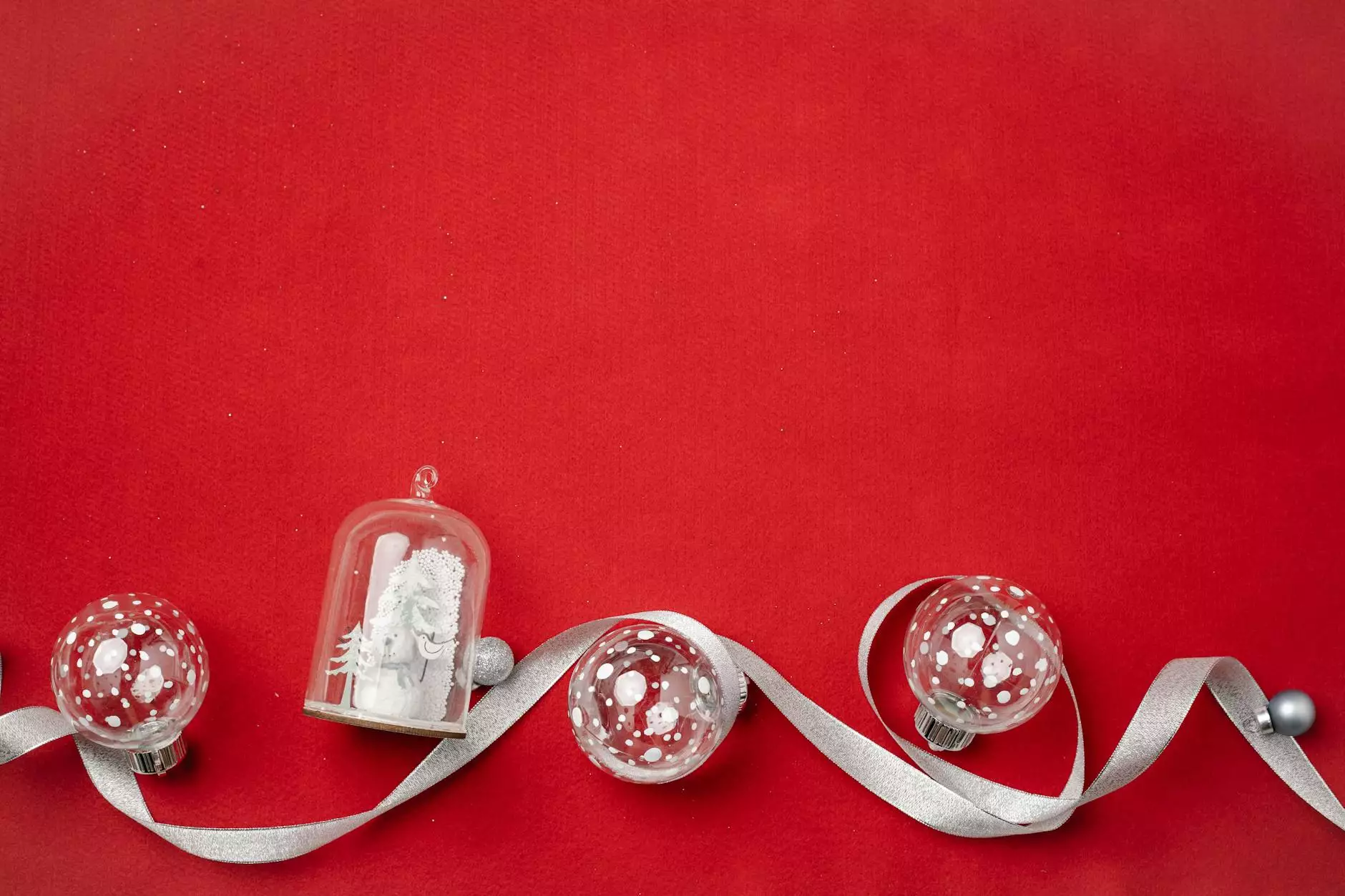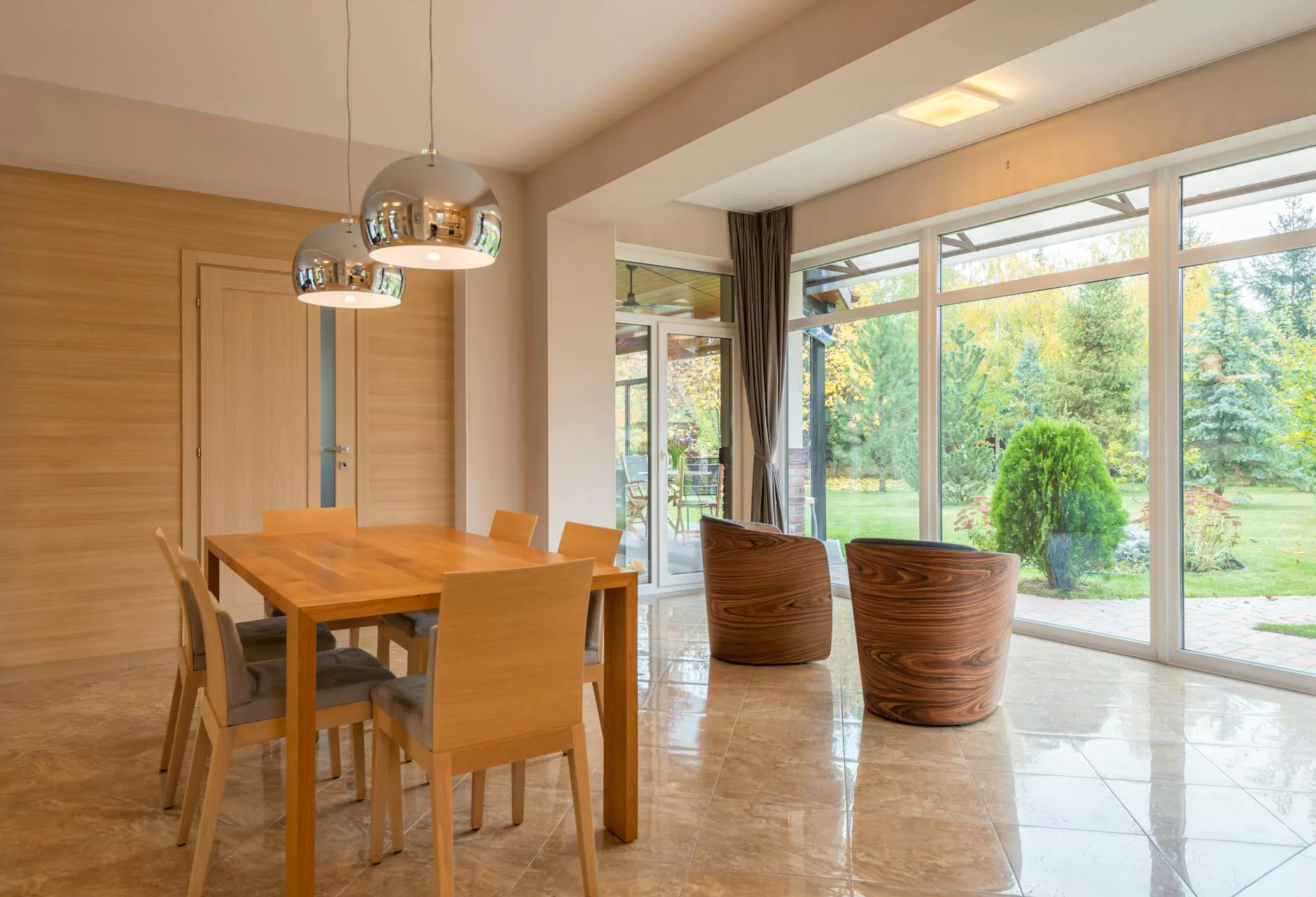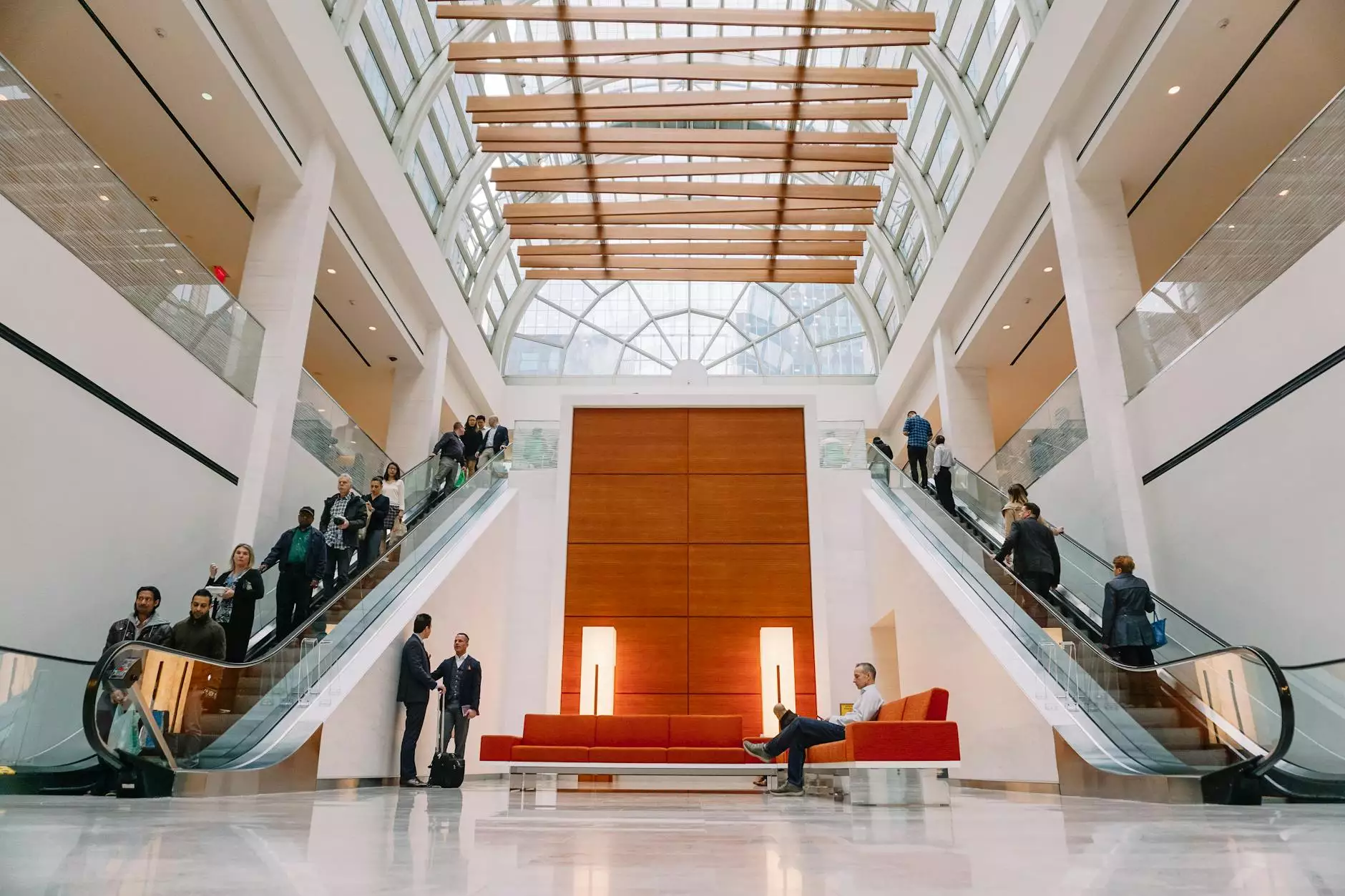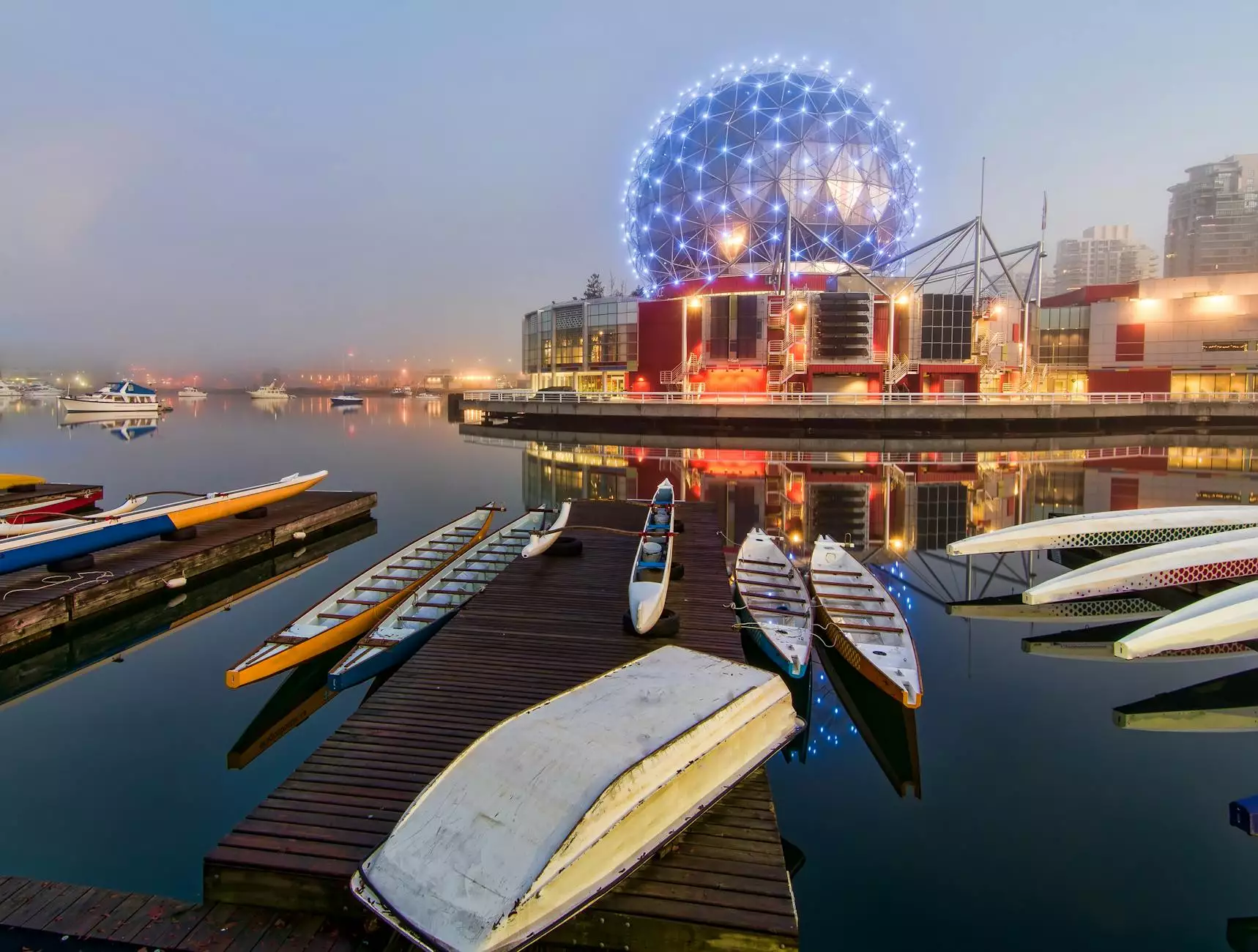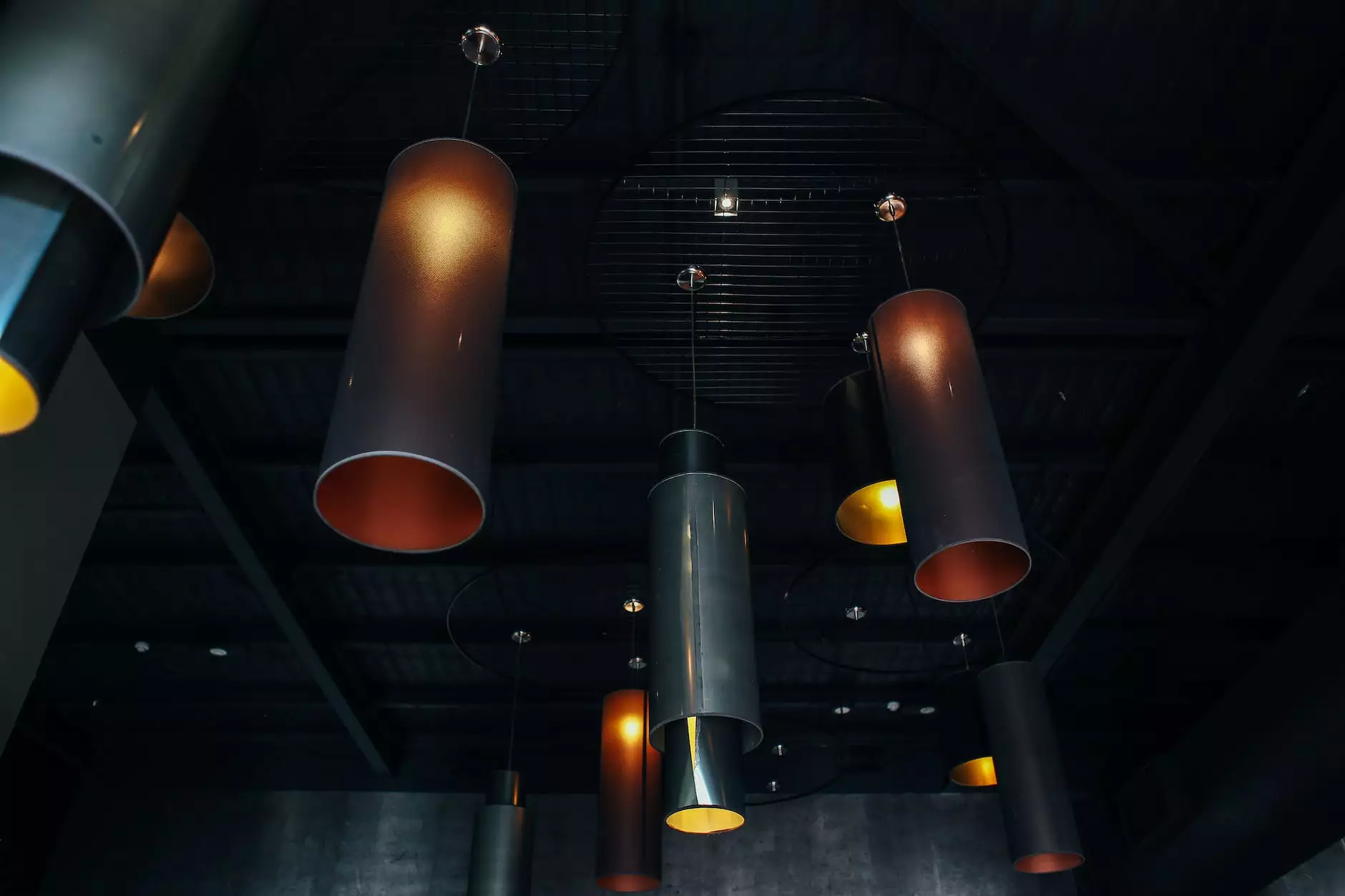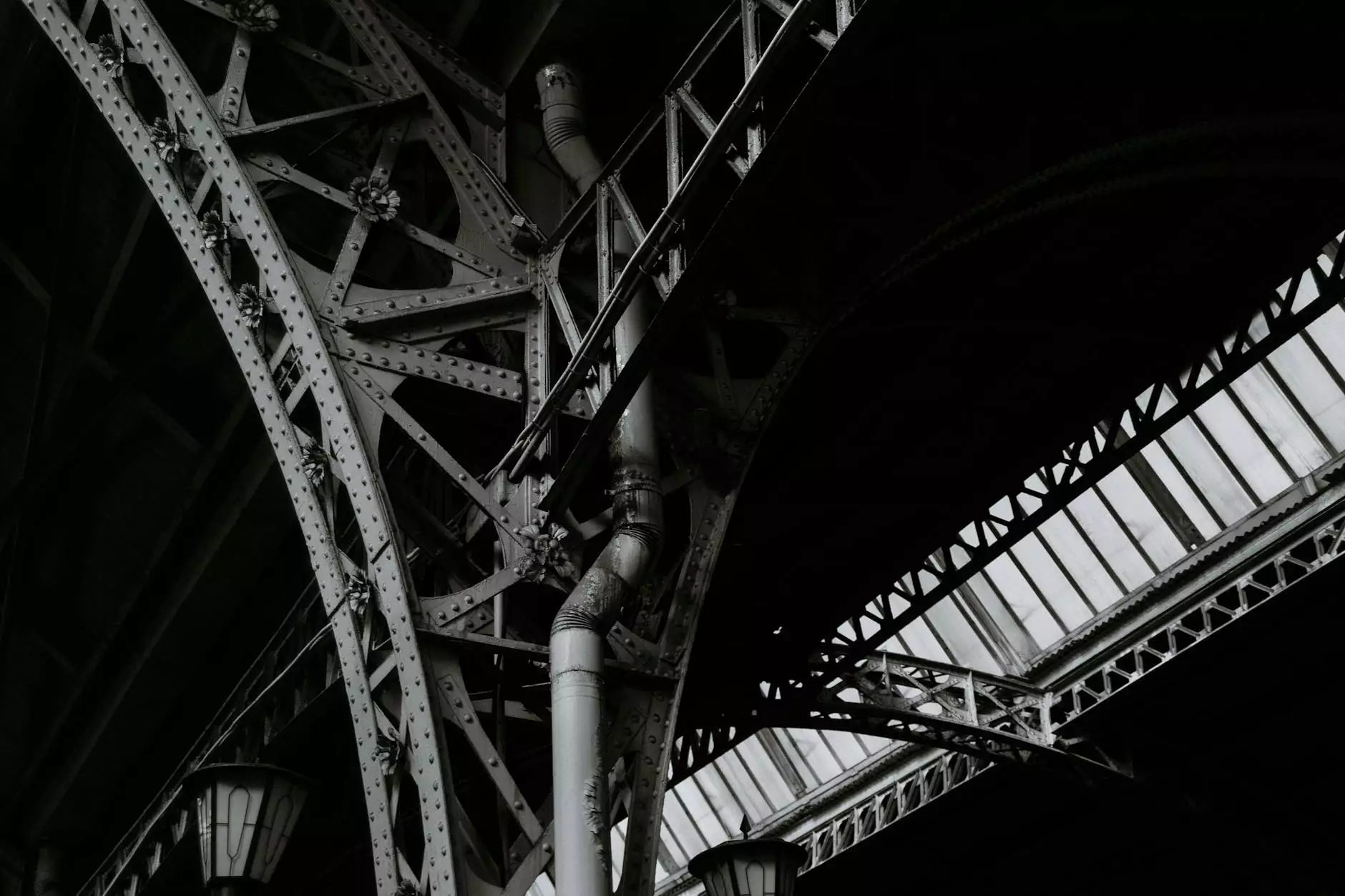The History and Function of Track Lighting — Insights

Introduction
Track lighting, a versatile lighting solution that has gained immense popularity in recent years, has a fascinating history and numerous practical applications. In this comprehensive guide, we delve into the origins, development, and functional aspects of track lighting, offering valuable insights for both homeowners and businesses.
The Evolution of Track Lighting
Track lighting was first conceptualized in the mid-20th century as a response to the growing need for a flexible lighting system that could be easily adjusted to suit changing lighting requirements. The initial designs featured a simple track with moveable fixtures, revolutionizing the way lighting was installed and used in residential and commercial spaces.
Since its inception, track lighting has undergone significant transformations to incorporate advancements in technology, materials, and design. Early models predominantly used incandescent bulbs, but with the advent of more energy-efficient lighting options, such as halogen, CFL, and LED, track lighting has evolved to match the demands of environmental sustainability and energy efficiency.
With improved engineering techniques, manufacturers have also introduced track lighting systems that are increasingly sleek, stylish, and seamlessly integrated into modern interiors. Today, track lighting has become a go-to solution for contemporary lighting designs and is highly favored by interior designers, architects, and homeowners alike.
The Function of Track Lighting
Track lighting offers exceptional versatility, making it suitable for various residential and commercial applications. Here we explore how track lighting functions effectively in different settings:
1. Residential Spaces
In residential settings, track lighting serves multiple purposes, from creating ambient lighting to enhancing task-focused illumination. It allows homeowners to highlight architectural features, artwork, or any area of interest with precision and ease. Moreover, track lighting can be adjusted to accommodate changing furniture arrangements or room functionalities, making it an excellent choice for those seeking flexibility in home lighting.
2. Retail Environments
Track lighting has gained popularity in retail spaces due to its ability to create dramatic lighting effects and draw attention to specific areas or products. By strategically positioning track heads, storeowners can emphasize merchandise displays, promote sales, and curate a visually engaging shopping experience. The adjustable nature of track lighting allows retailers to adapt their lighting schemes based on seasonal campaigns or ever-changing product layouts.
3. Art Galleries and Museums
Art galleries and museums require precise lighting solutions to showcase artworks while preserving their integrity. Track lighting, with its adjustable fixtures and customizable beam angles, enables curators to direct light exactly where needed without causing any damage to delicate pieces. It provides optimal illumination, highlighting details and textures while ensuring a visually captivating museum experience for visitors.
4. Offices and Workspaces
In office environments, track lighting is a preferred lighting option as it allows for effective task lighting across workstations and collaborative areas. With adjustable track heads and dimming capabilities, employees can personalize their lighting preferences, optimize productivity, and create a comfortable working atmosphere. Additionally, track lighting in offices contributes to energy efficiency by illuminating specific areas rather than the entire space.
The Benefits of Track Lighting
Track lighting offers a wide range of benefits that have contributed to its widespread adoption:
1. Flexibility and Adjustability
One of the key advantages of track lighting is its adaptability. With adjustable fixtures and a modular track system, the direction and focus of light can be easily modified to suit changing lighting needs or room layouts.
2. Enhanced Aesthetics
Track lighting serves as both a functional and decorative element in interior design. It can be utilized to emphasize architectural features, artwork, or create a specific lighting ambiance, adding a touch of elegance and sophistication to any space.
3. Efficient Space Utilization
Since track lighting eliminates the need for multiple light fixtures, it can effectively free up space, allowing for a more open and uncluttered environment. This makes it an excellent lighting solution for rooms with limited ceiling space.
4. Energy Efficiency
As mentioned earlier, track lighting has adapted to incorporate energy-efficient lighting options such as LED. LED track lighting consumes significantly less energy compared to traditional incandescent bulbs, thereby reducing electricity bills and making it an environmentally friendly choice.
Conclusion
In conclusion, track lighting has come a long way since its inception, evolving into a versatile lighting solution that finds application in various settings. Its history showcases continuous improvements in design and functionality, making it a preferred choice for homeowners, businesses, and designers. The inherent flexibility, aesthetic appeal, and energy efficiency of track lighting continue to contribute to its popularity in the modern lighting landscape.
With Video Technics' expertise in track lighting solutions, you can enhance the illumination of your residential or commercial space. Contact us today to explore the endless possibilities that track lighting offers and let our team of professionals create a tailored lighting design to meet your unique requirements.


